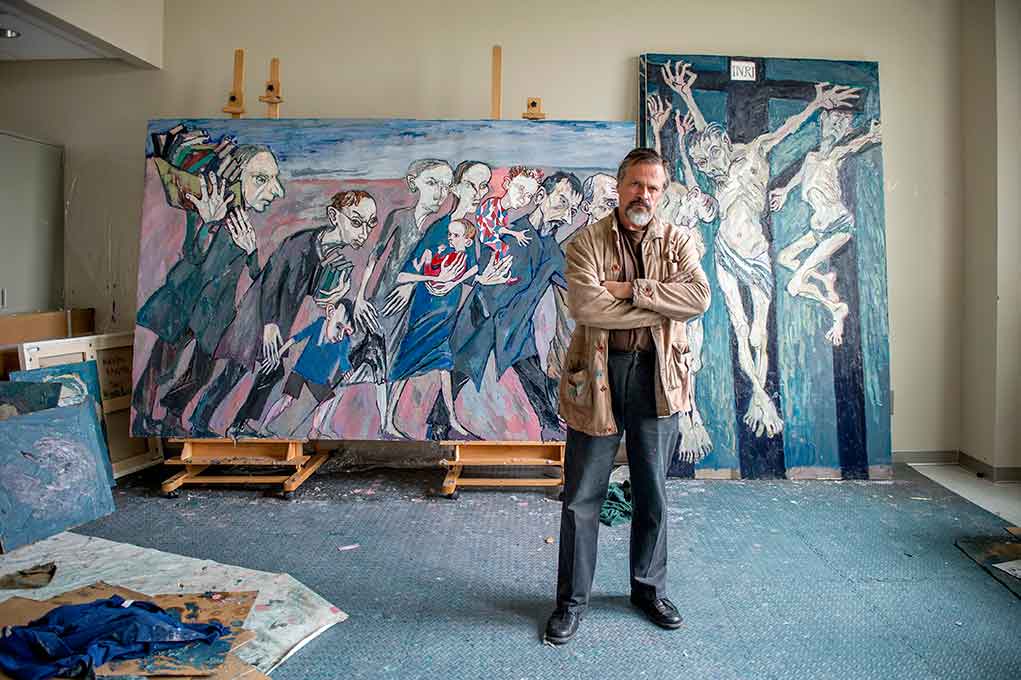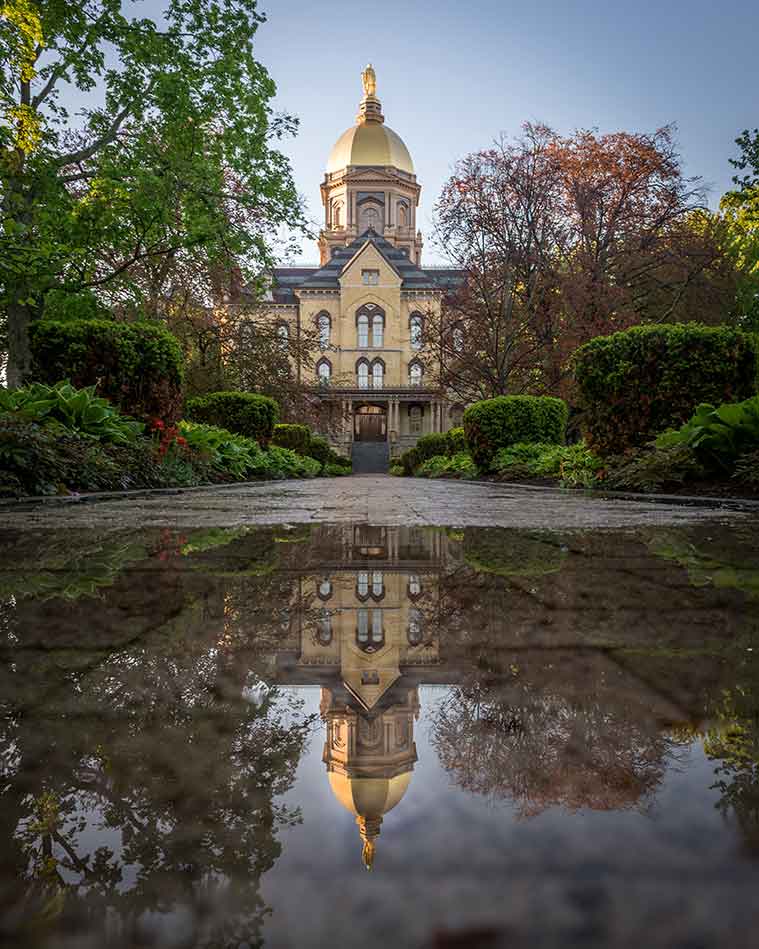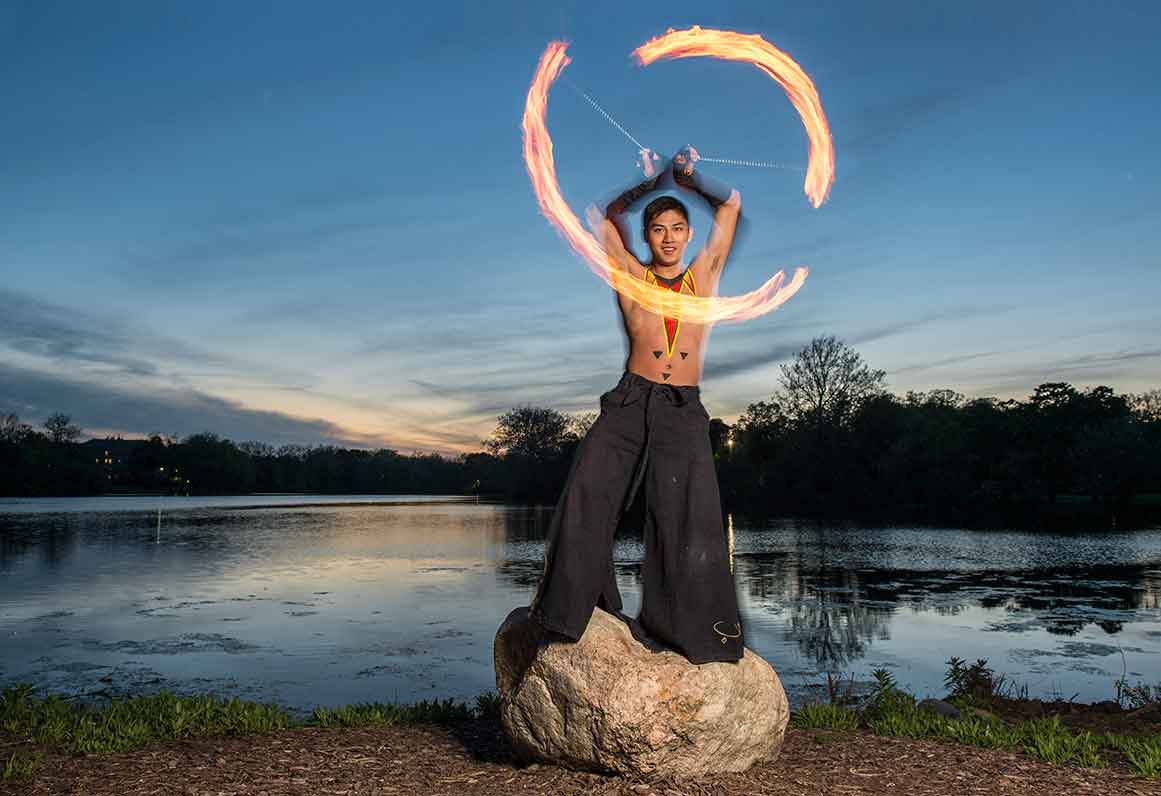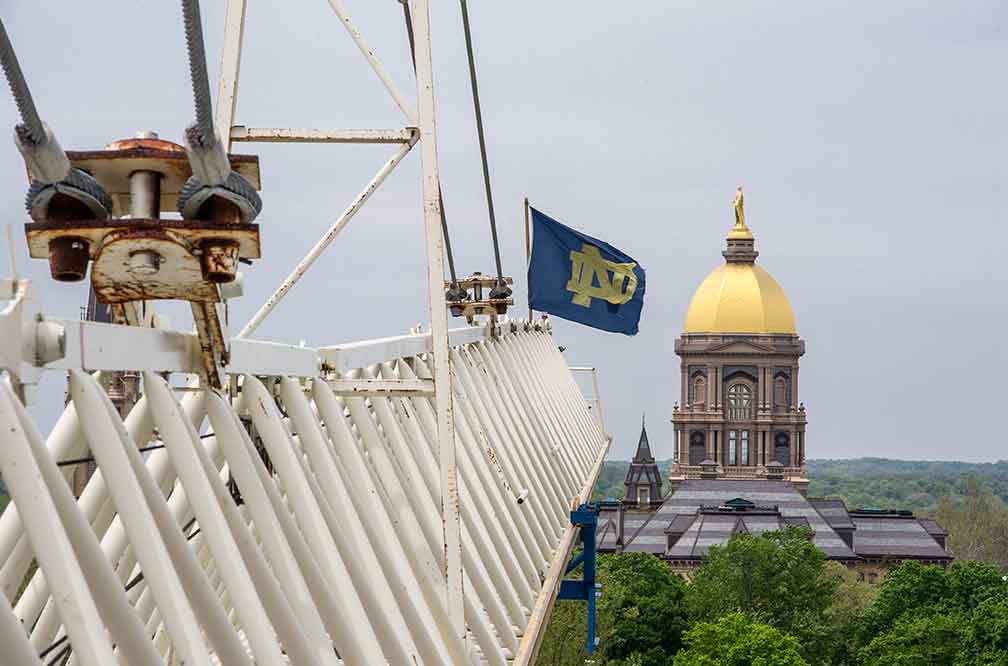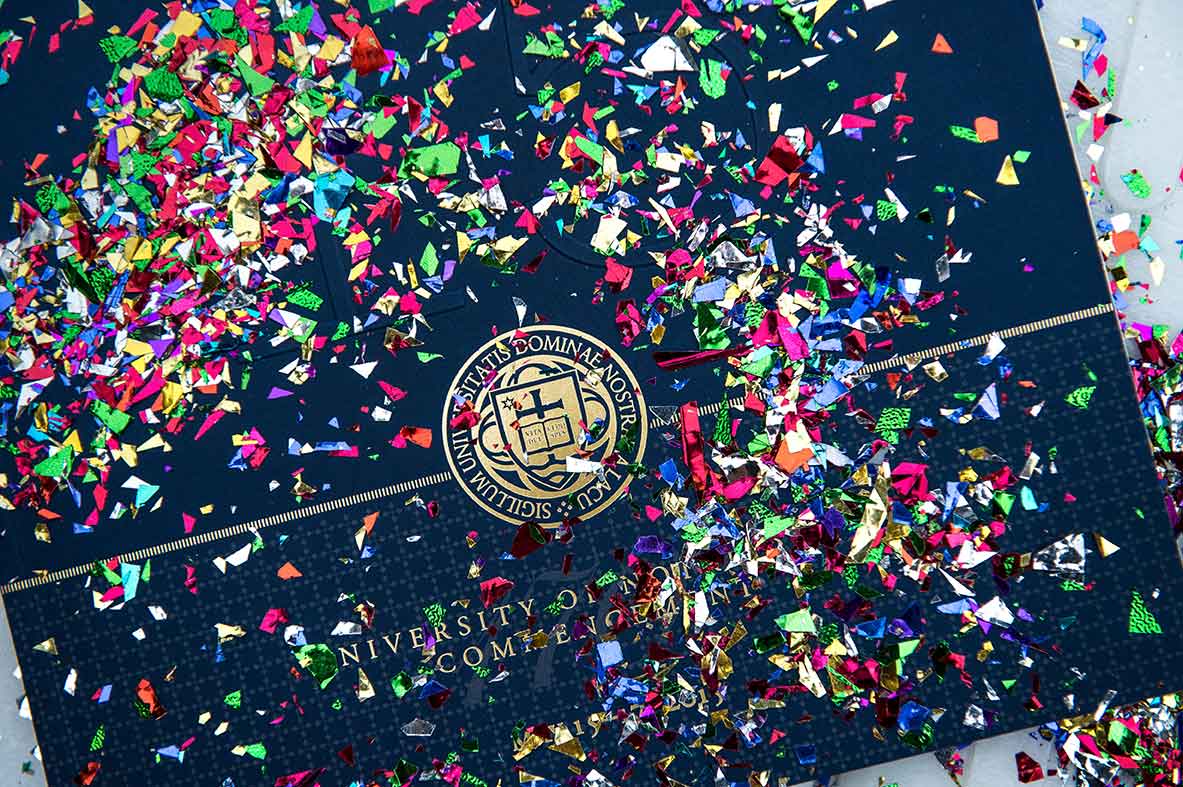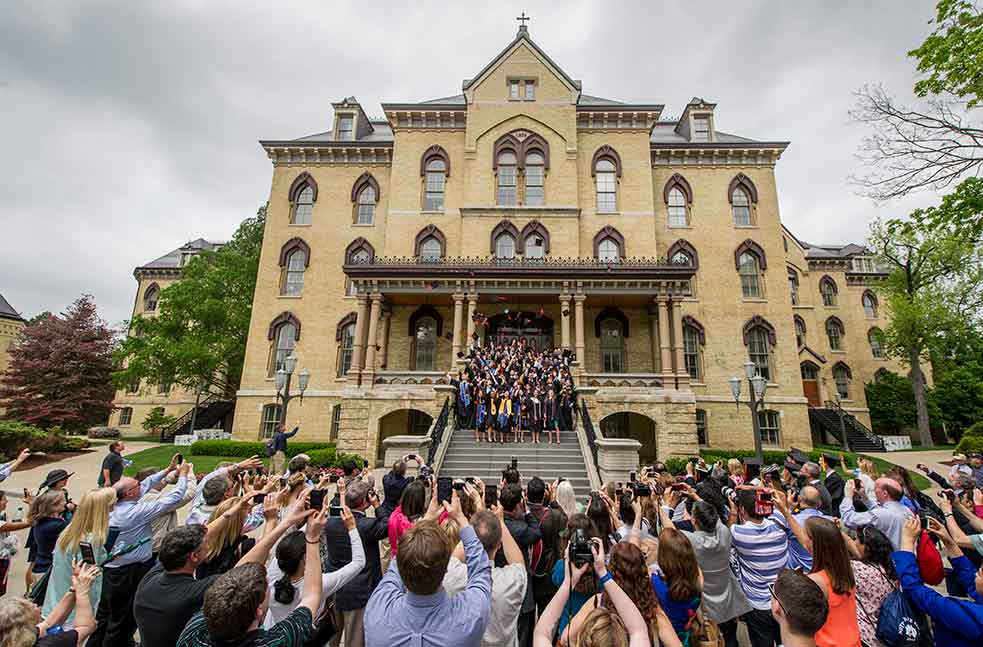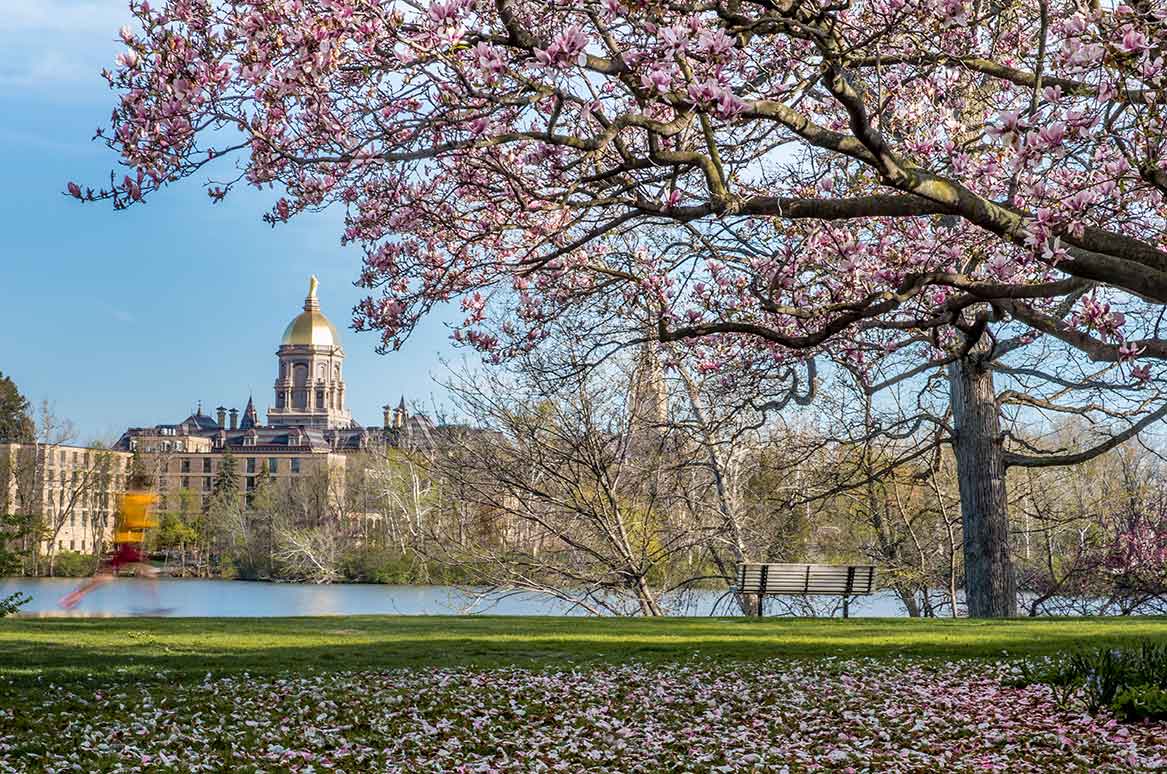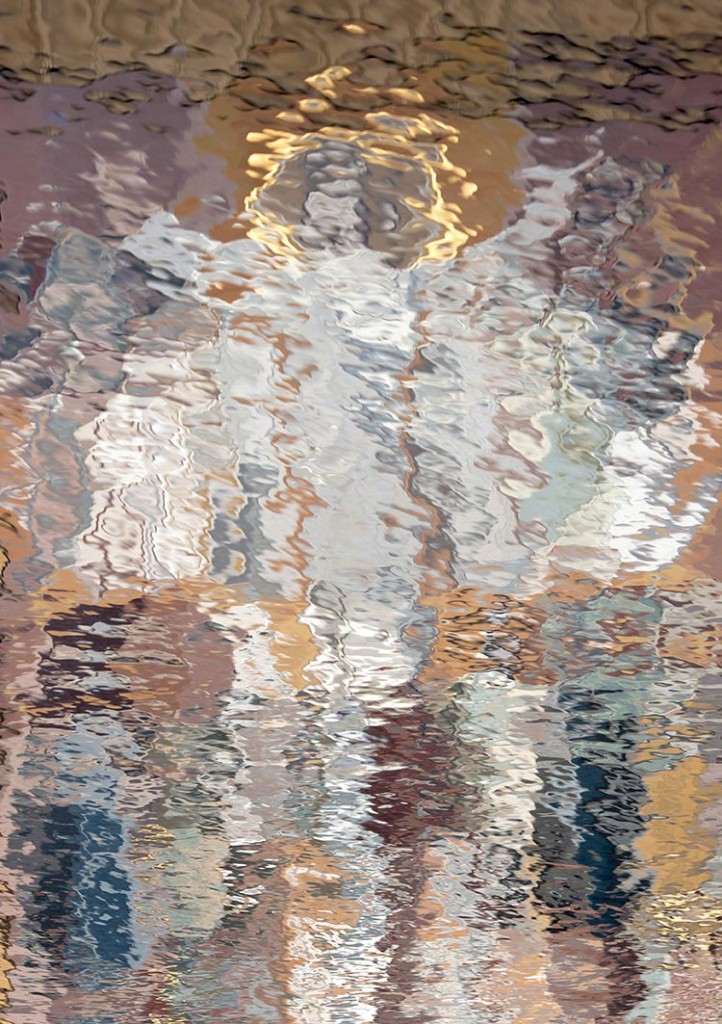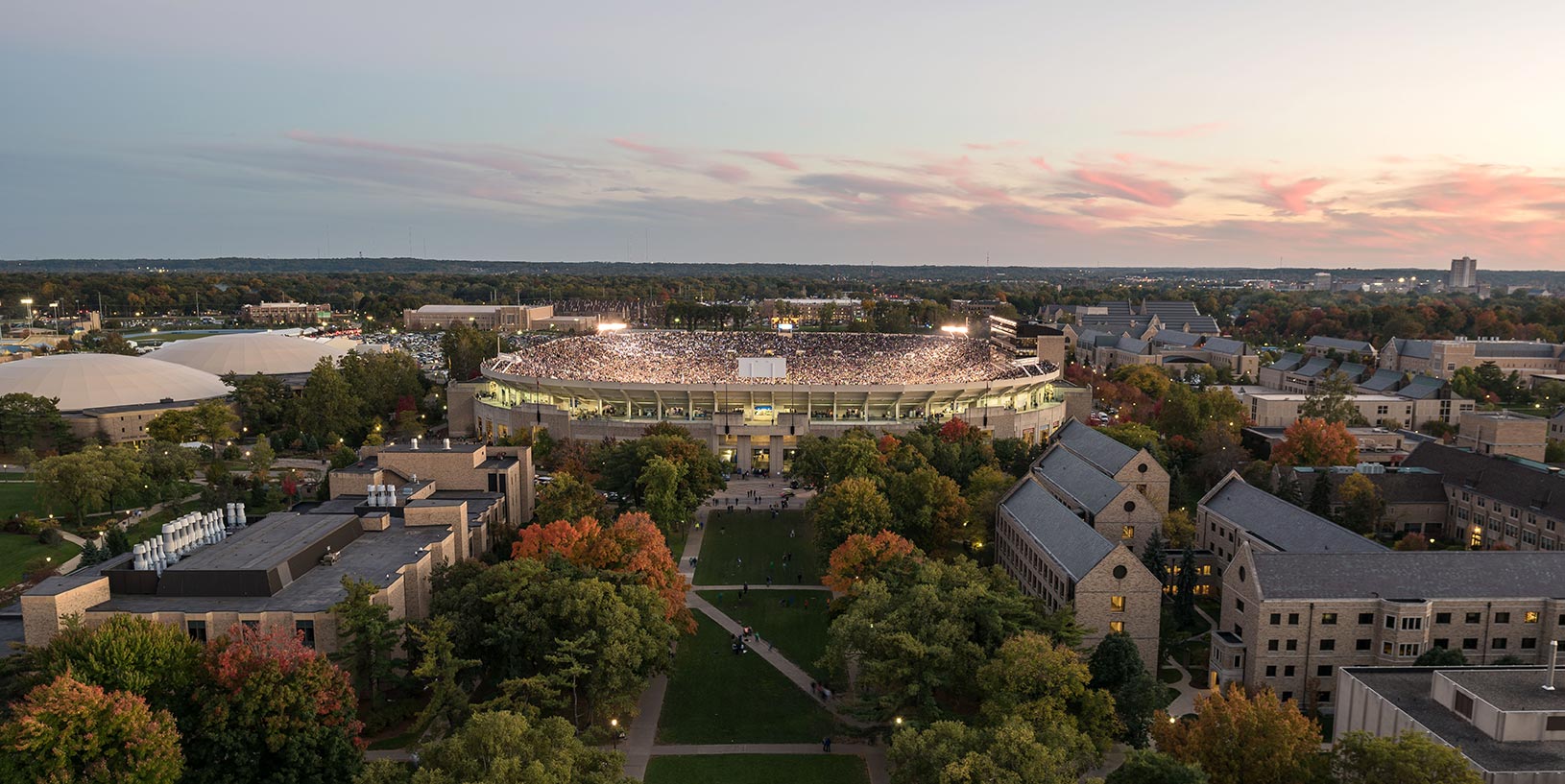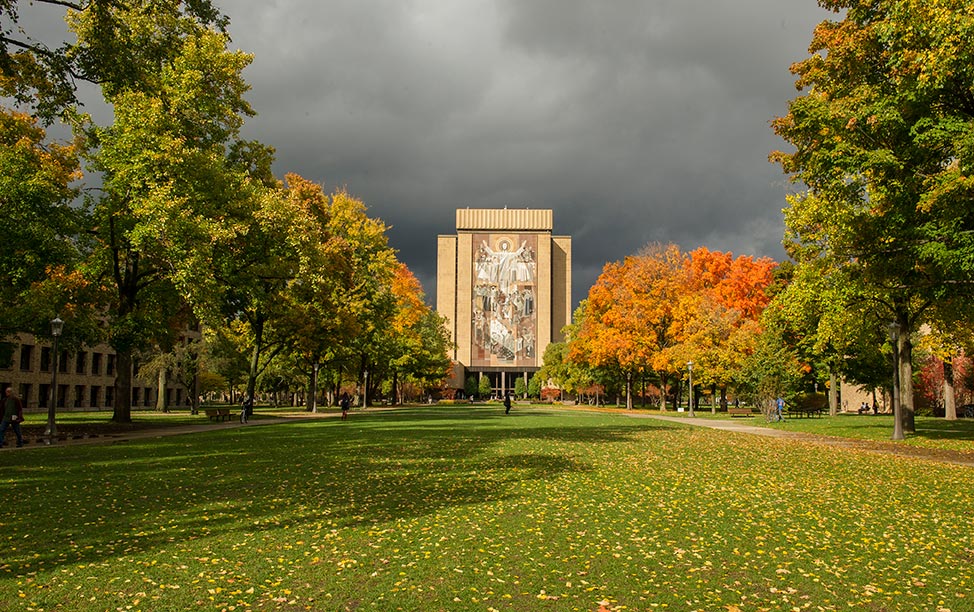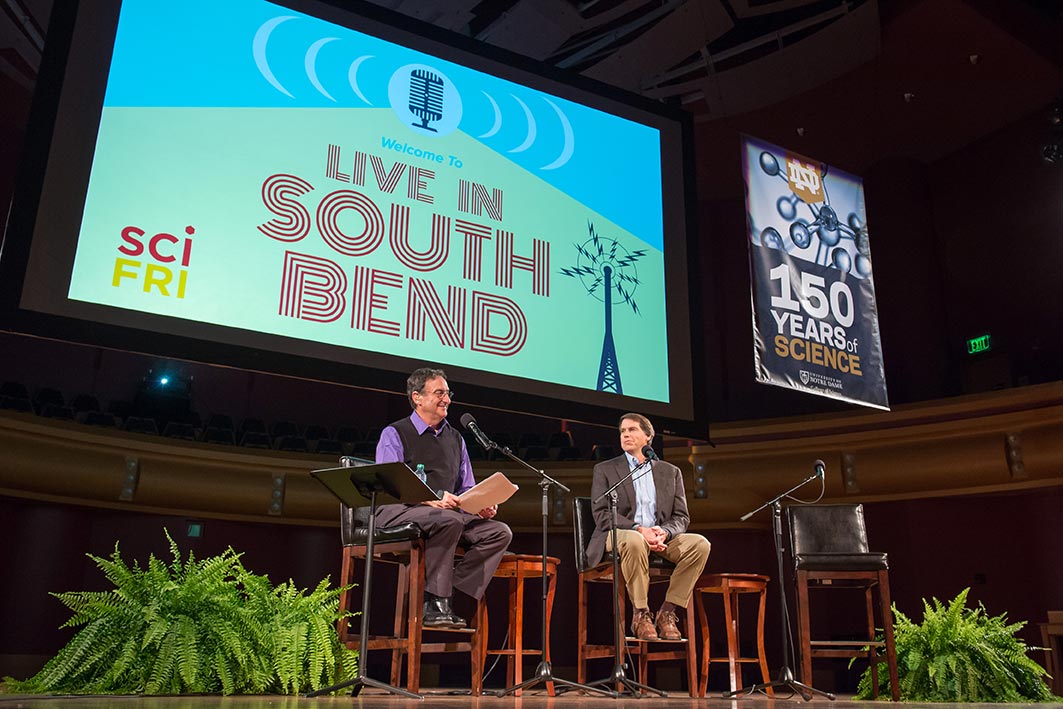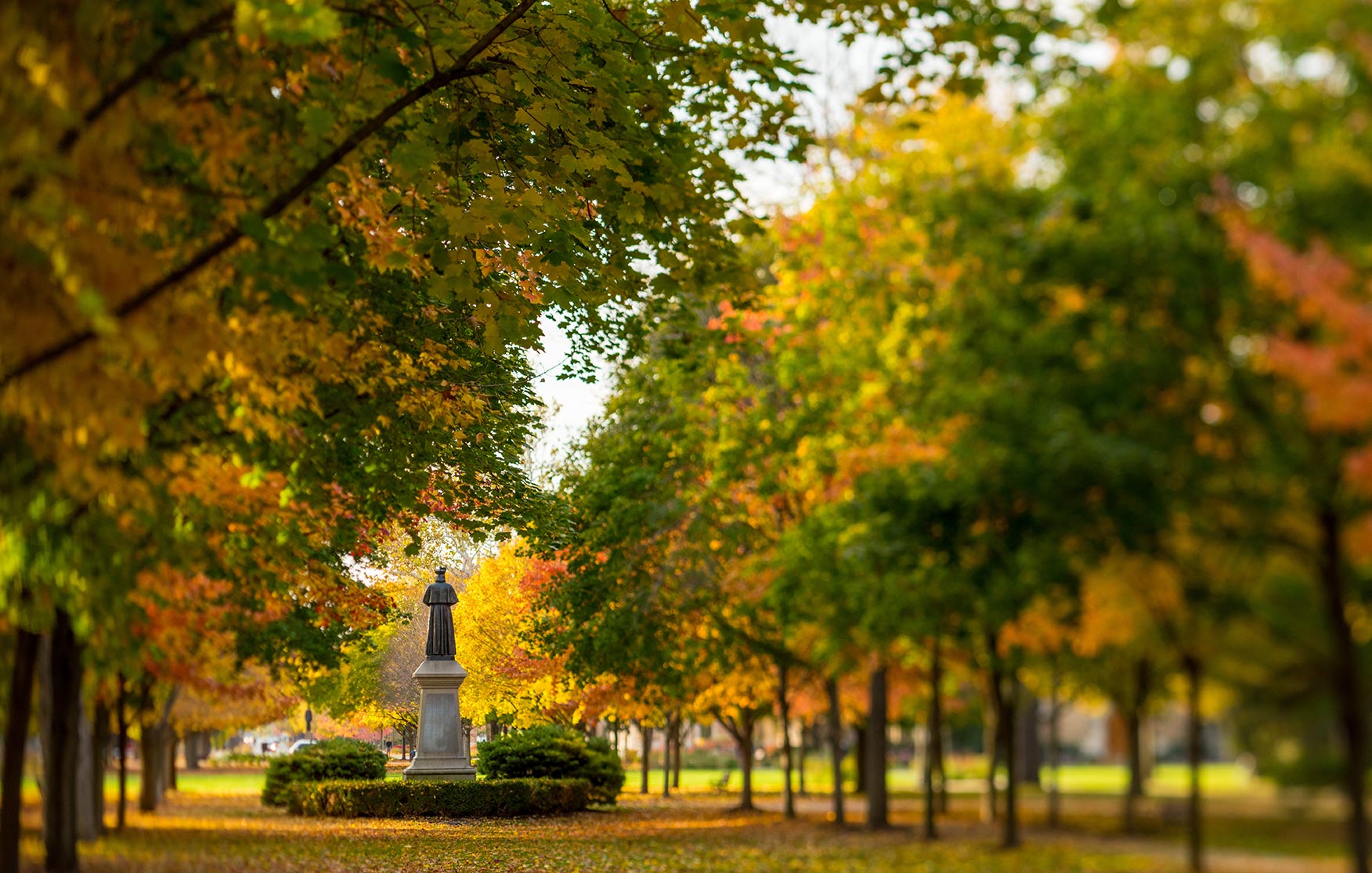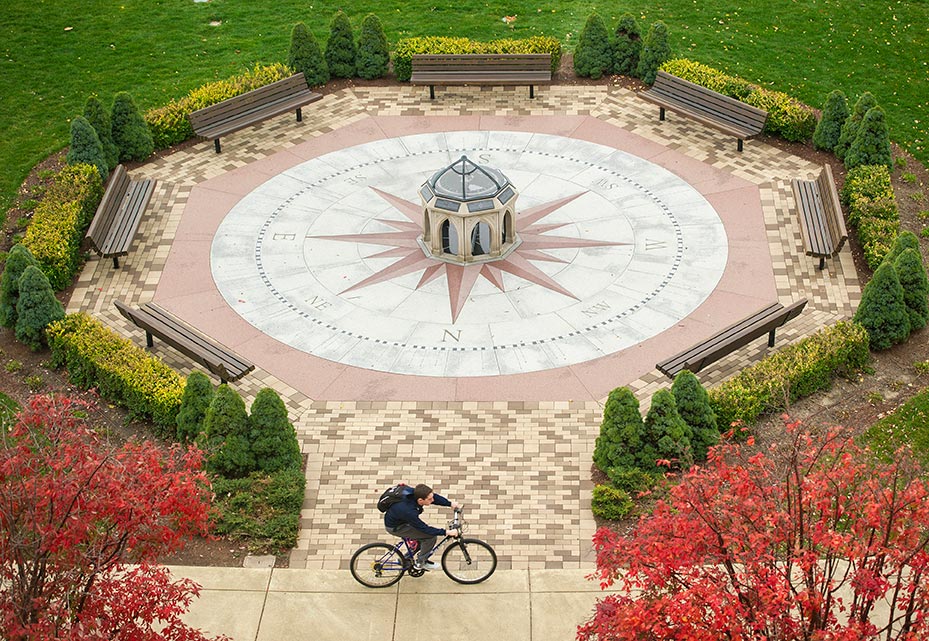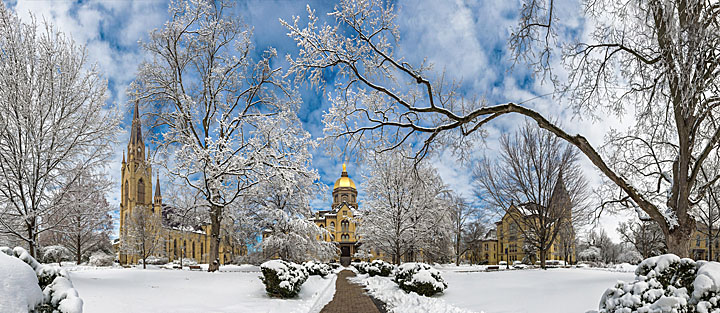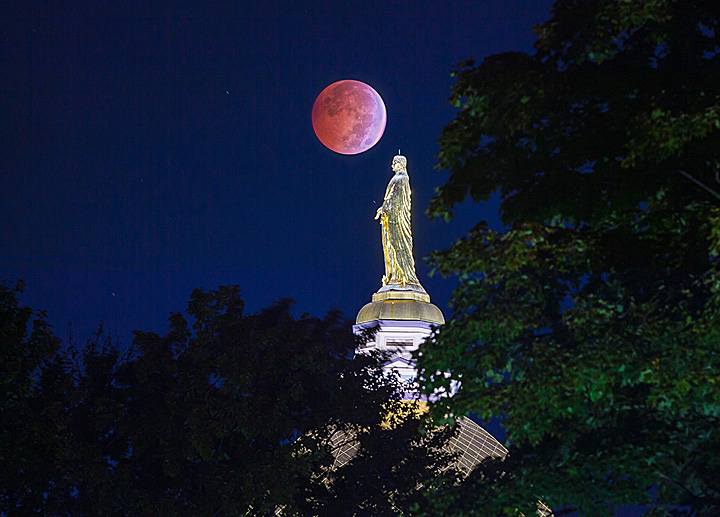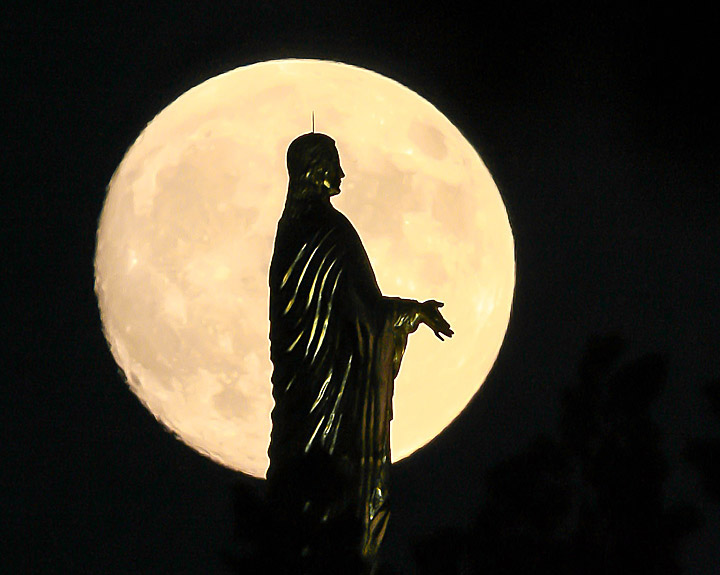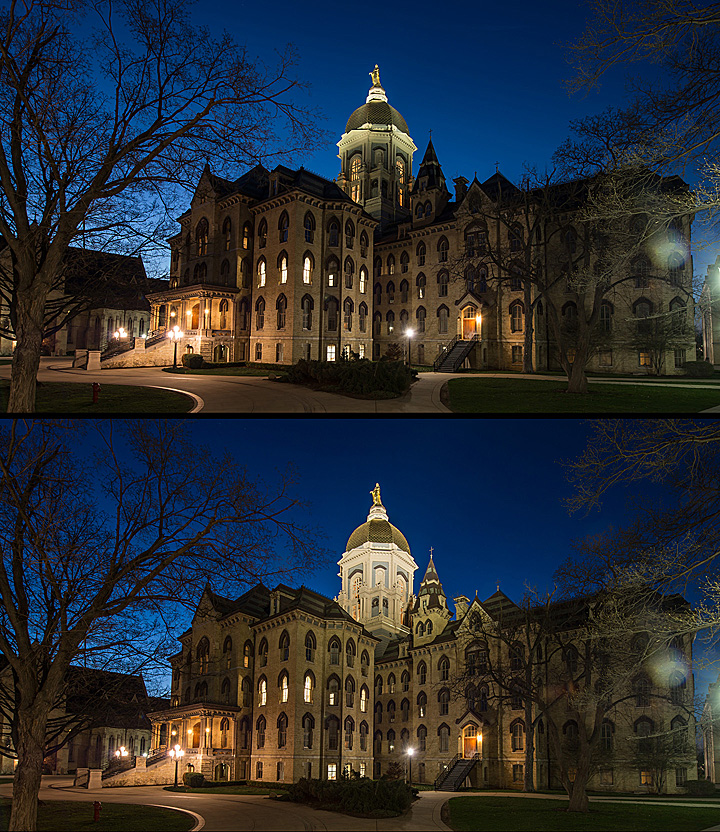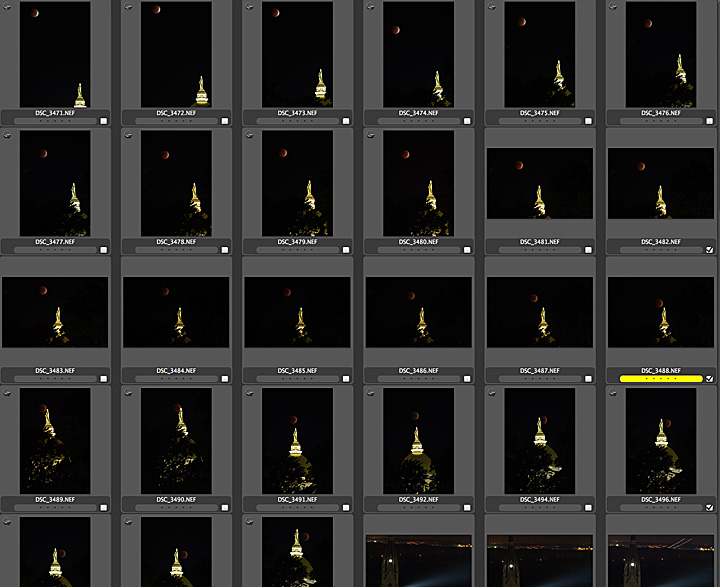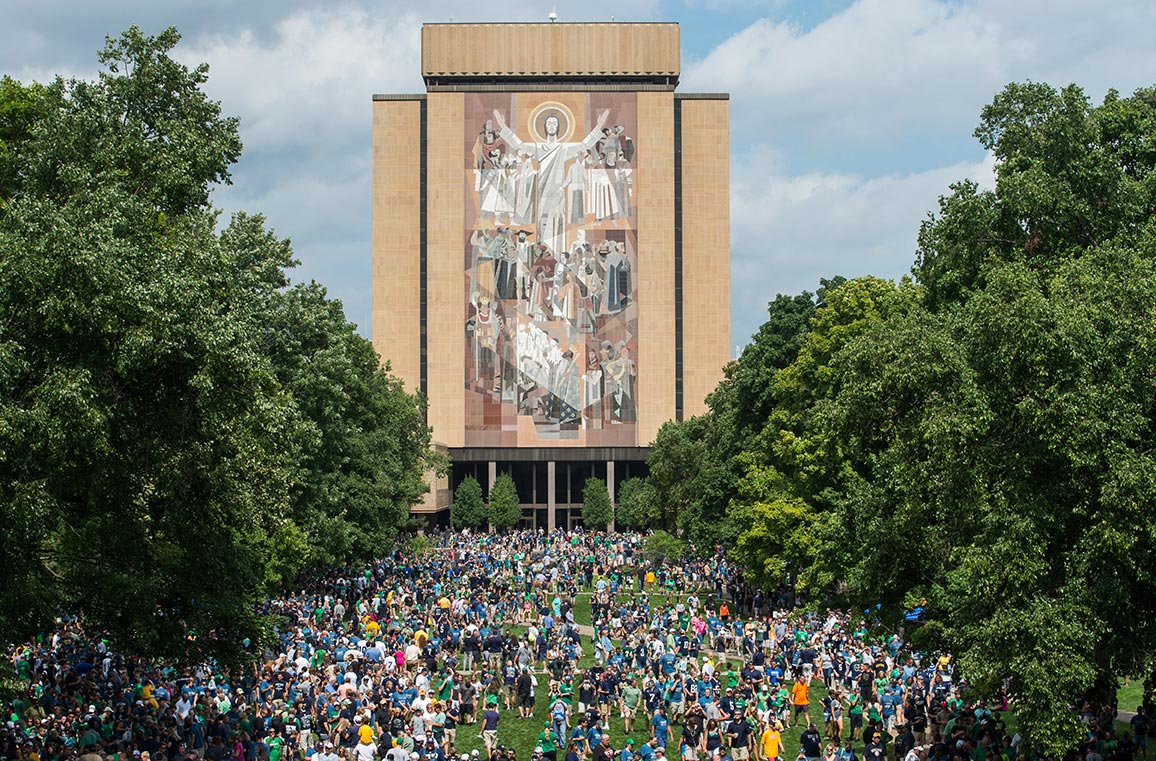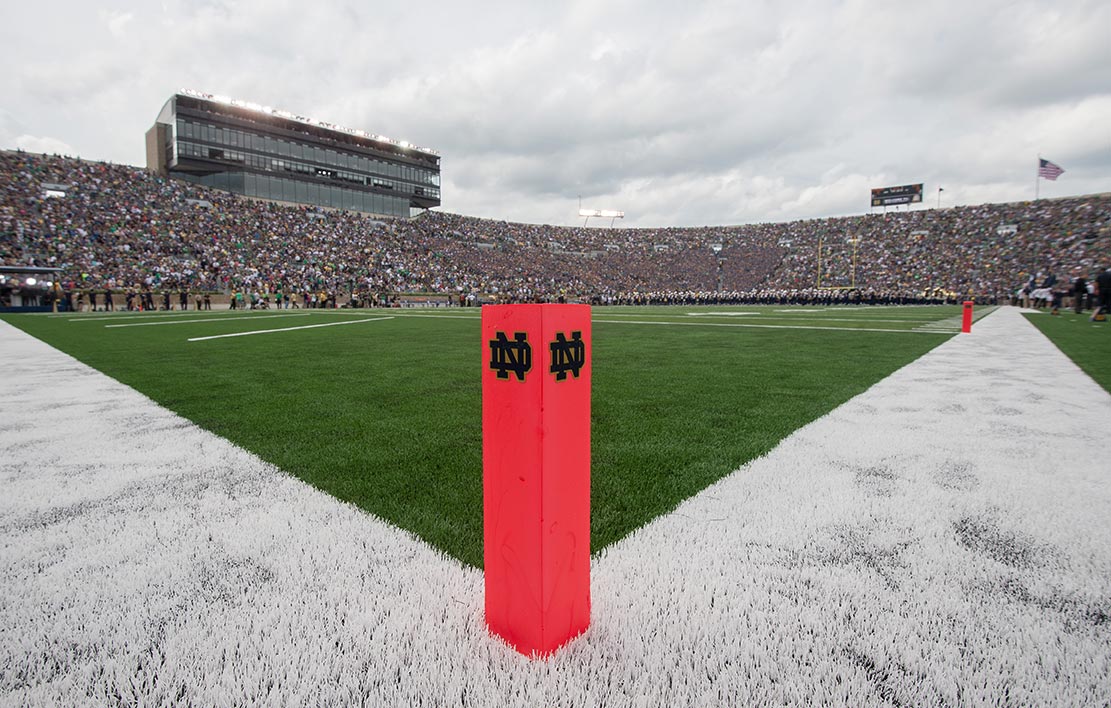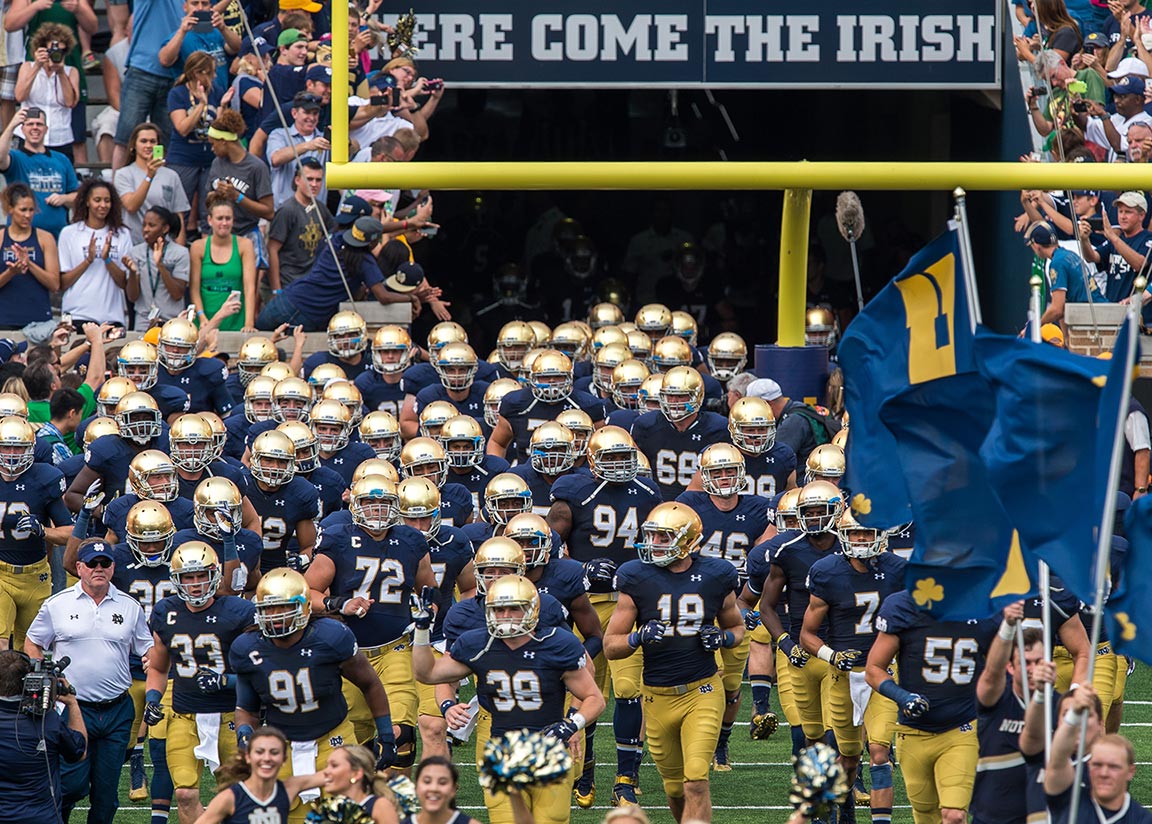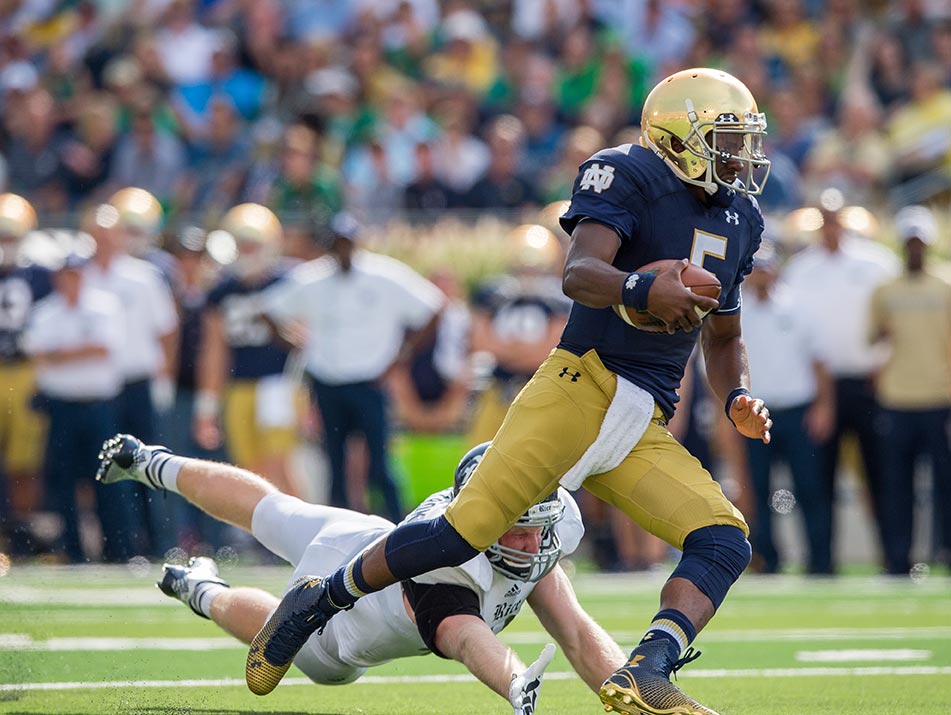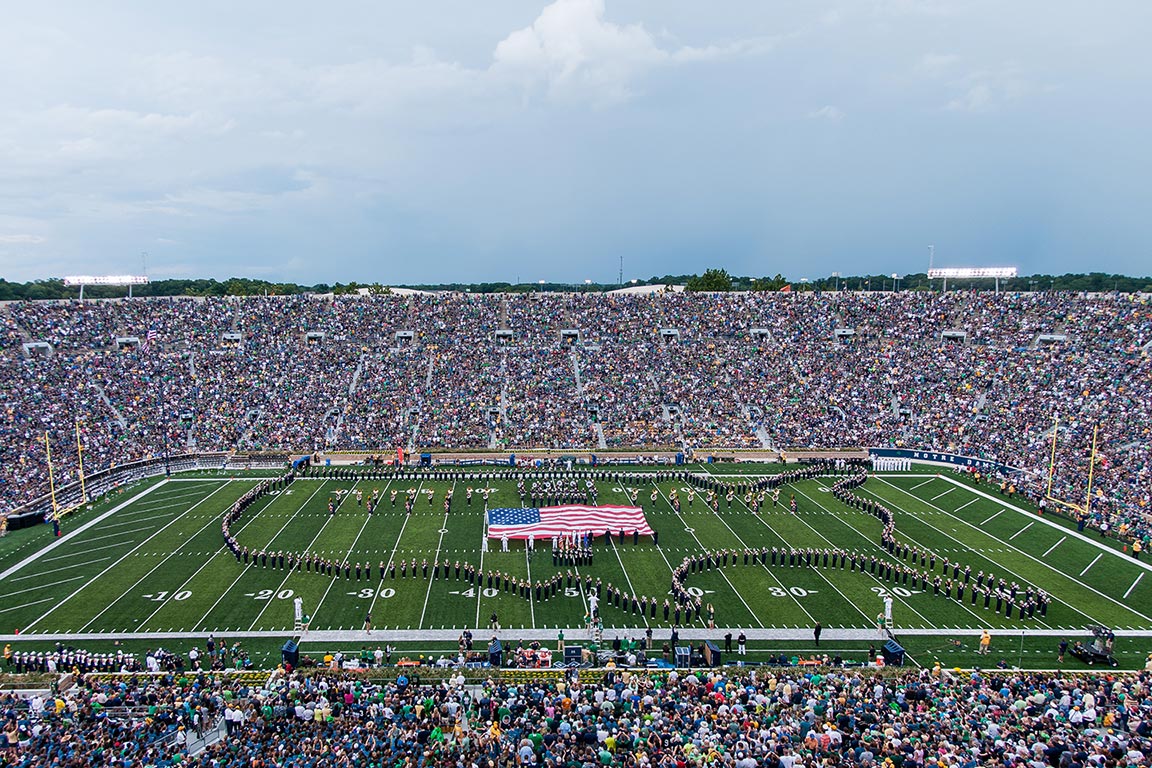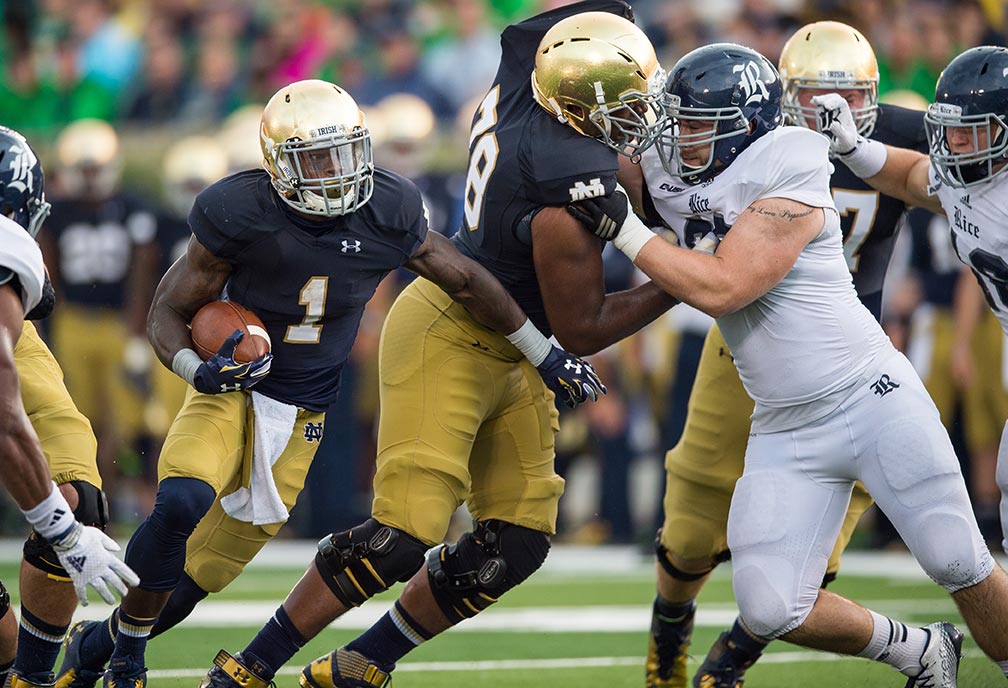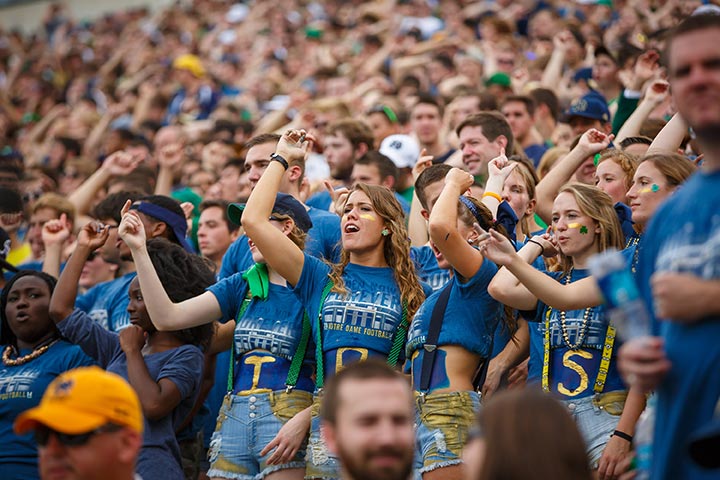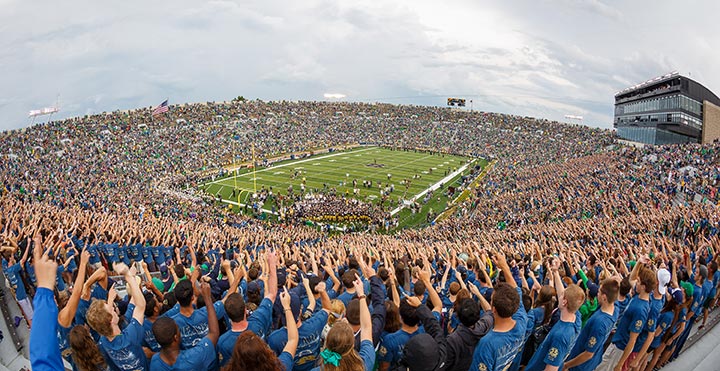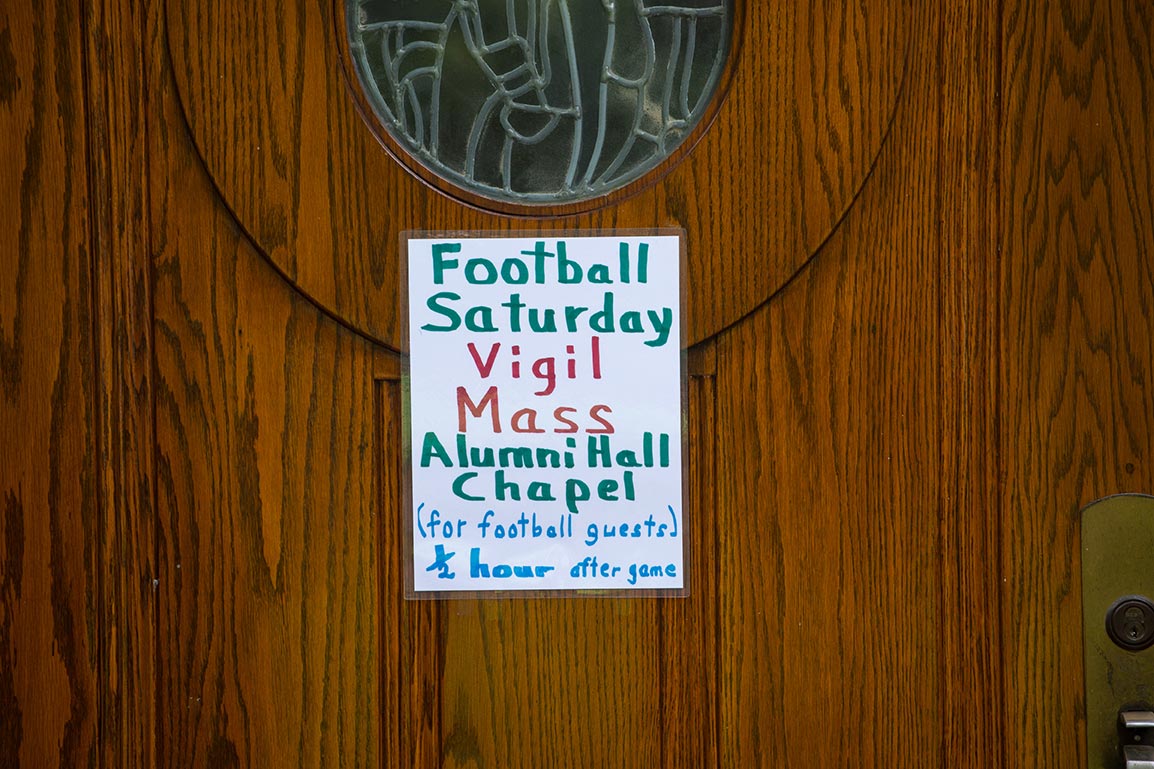One of my favorite quotes by photographer Ansel Adams is: “Sometimes I arrive just when God’s ready to have someone click the shutter.”
Like Ansel, I hope to be in the right place at the right time for that confluence of light, weather, and season I refer to simply as “The Magic.” I’ve been fortunate enough to have seen rainbows:
Lightning:
Snowfalls:
And now the recent lunar eclipse better known as the Blood Moon:
The Magic is utterly un-schedulable, rarely happens during business hours and is almost always brief. Two things help me in my pursuit: 1. Living close to campus and 2. An understanding wife who understands what I do, how I do it and encourages it. More than time, it takes energy to chase The Magic–random interruptions and absences–and that support keeps the energy up.
I’ve gotten more response to the Blood Moon photo than any other picture I’ve made. Ever. Thanks for the nice comments on social media, emails and in person. I’ve gotten quite a few questions as well so this blog post will hopefully answer some of those.
1. “How come my iPhone photo didn’t look like that?”
Without getting too technical, moon photos usually work best with a telephoto lens and a camera with full manual exposure and focus control. The telephoto lens will make the moon appear bigger, and manual exposure is required because the moon is much brighter than people think and most automatic exposure modes will overexpose the moon. The moon is so bright, in fact, that un-eclipsed, the Dome would have been a silhouette as it was for me when I made this photo in 2006:
The reason the Blood Moon photo worked so well was because the eclipse knocked down the overall brightness as well as the fact that Notre Dame recently re-lit the Main Building with LED lighting which made it much brighter:
So thank you Paul Kempf, Tim Golichowski and everyone at ND Utilities for making the Dome brighter and thank you…God…for making the moon dimmer.
2. “Were you on top of a building?”
Nope, firmly on the ground between Breen-Phillips and Farley. The hardest part of making the photo was finding a spot not obscured by trees or a building where the moon and Dome would line up.
Here’s my contact sheet of how the moon moved into position:
3. “You must have been out there a long time.”
Again, no. The Magic, as I mentioned, is brief. Thanks to digital camera time stamps I can say with certainty that I began making pictures at 6:20am and stopped at 6:46.
4. “Did you Photoshop that?”
As the contact sheet hopefully shows, I made adjustments to boost shadow detail, hold highlight detail and adjust color to my recollection of the moment, but the moon was really that size, that color, and in that place.
5. “What lens?”
300mm. That was a lucky guess. Longer would have made it difficult to have both the moon and the Dome in focus, and shorter would have made the moon appear smaller. I manually focused just past the Dome, and the depth-of-field made it possible to get them both sharp.
6. “What was going through your mind when you made the photo?”
(This was my favorite question) Honestly and truly: U2’s “One Tree Hill” from The Joshua Tree album. Great song with the line “I’ll see you again when the stars fall from the sky, and the moon has turned red over One Tree Hill.” Being the age of instant gratification I even got out my phone and played the song while I was making the photos.
So in a way, I suppose I can say I did use my iPhone making the picture.
-Matt Cashore
